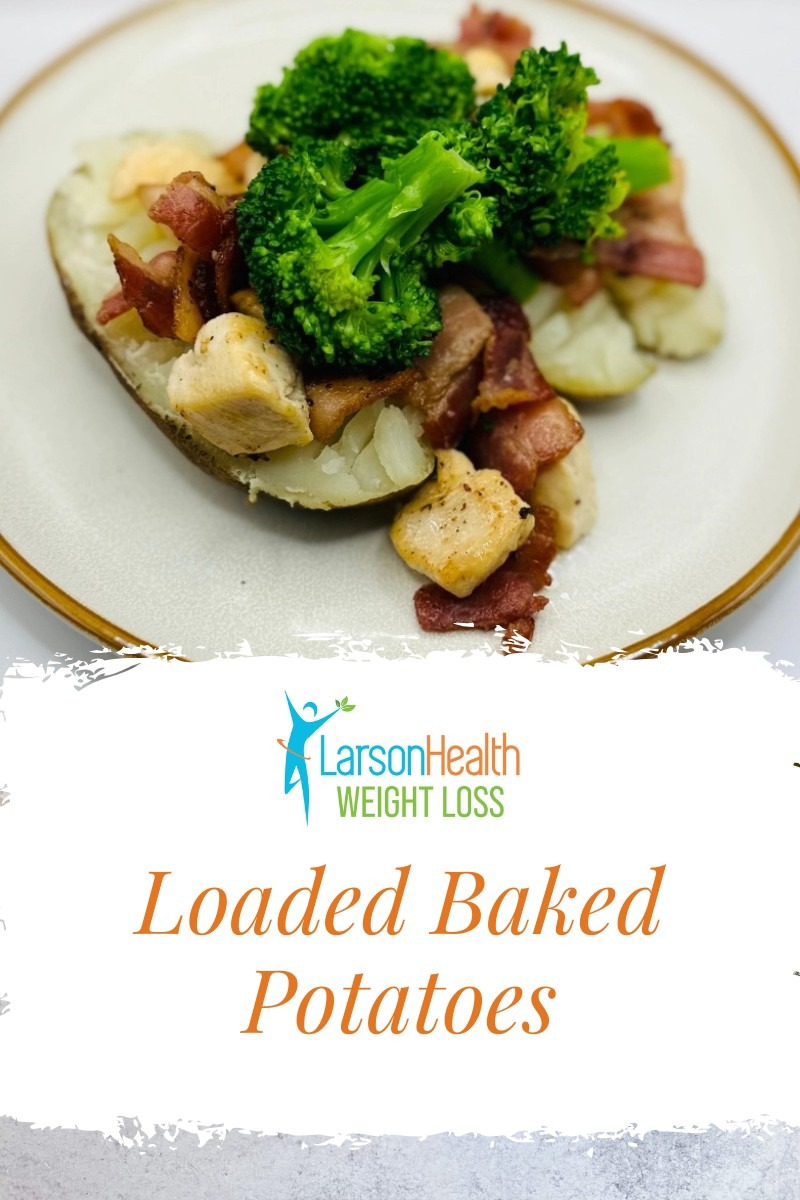
Servings: 2, Prep Time: 15 min, Cook Time: 85 min
Ingredients
2 large [738 g] Russet Potatoes
1 tbsp [14 g] Olive Oil
1 tbsp [18 g] Salt
2 cup, florets [142 g] Broccoli
8 oz [224 g] Skinless Chicken Breast
3 slice [45 g] Uncured Bacon
0.25 tbsp [1.6 g] Black Pepper
Directions
Preheat the oven to 350°F (175°C).
Line a cookie sheet with aluminum foil. Place the whole potatoes on the pan and roll them around in the olive oil and half of the salt until lightly coated.
Close the aluminum foil around the potatoes to form a pouch, leaving a small opening at the top for steam to escape. Bake for 60-70 minutes, until fork-tender.
Bring 6 cups of water to a boil in a large saucepan. Add the broccoli florets to the boiling water and cook until fork-tender.
Cut the bacon into 1-inch pieces and set aside.
Cut the chicken into 1-inch cubes and season with the remaining salt and black pepper. Set aside.
Sauté the bacon over medium-high heat in a large saucepan until the edges start to get crispy.
Add the chicken to the half-cooked bacon and sauté until fully cooked.
Cut each baked potato in half and top with broccoli, bacon, and chicken pieces.
Nutrition Info
Calories: 603, Fat: 19g, Carbs: 71g, Protein: 39g, Fiber: 7g
 Add Row
Add Row  Add
Add 










Write A Comment